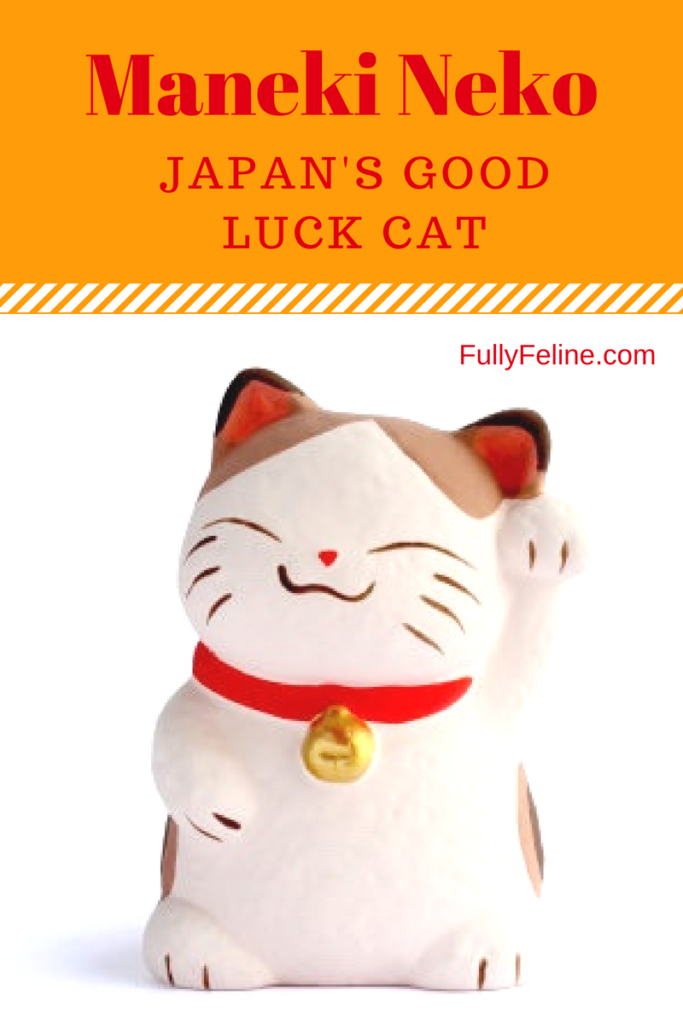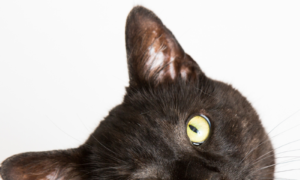The little cat doll called Maneki Neko (which means beckoning or welcoming cat in Japanese) often sits in souvenir shops and folk craft shops. Maneki Neko sits near the entrance of shops in hopes of bringing prosperity.
Origins of Maneki Neko
There are different stories about the origin of Maneki Neko. One legend states when the feudal lord of Hikone walked by a temple, the temple’s cat beckoned to the lord in front of the temple gate. He stopped by at the temple to rest. Suddenly, a severe thunderstorm arrived but the lord did not get wet. The lord was so glad that he made a donation to re-build the temple.
When the cat died, Shobyodo temple was built and the cat became a god called Shobyo Kannon. Visitors to the temple started to offer Maneki Neko to show their gratitude when their wish came true.
Another legend about Maneki Neko talks of an old woman forced to abandon her dear cat due to extreme poverty. That night the cat appeared in her dream and said, “You will be happy if you make a doll in the image of me.” She made ceramic dolls in the image of her cat and sold them. Soon after, the dolls became popular and that made the old woman happy.
Meaning of Maneki Neko’s Raised Paw
There is some debate over the meaning of the raised left or right paw. The most common belief is the left paw raised will bring customers to an establishment, while a raised right paw will bring wealth and good luck. It is believed that the higher the paw is raised, the greater the luck.
The Gotokuji Temple in Tokyo, is believed to be the birthplace of Maneki Neko
Why Different Maneki Neko Colors?
You may notice different Maneki Neko colors, and each one has a distinct meaning:
- The most popular cat color is calico (luck)
- White (happiness and purity),
- Black (warding away evil spirits),
- Gold (financial fortune).
- Green and blue ( academic endeavors),
- Pink (love)
- Red (good health)
- Blue (safety)
Sometimes these cats are holding gold coins, called koban. This monetary unit dates back Japan’s Edo period, when money was ryō, not yen. Often, Maneki Neko are holding tens of millions worth of ryō.
It’s a large sum of money, symbolizing the bringing in of good luck and wealth. People occasionally leave coins on Maneki Neko, similar to throwing coins into a fountain.
Do you have a Maneki Neko statue? If so, has it brought you good luck? Leave a comment and let us know, we’d love to hear from you!






